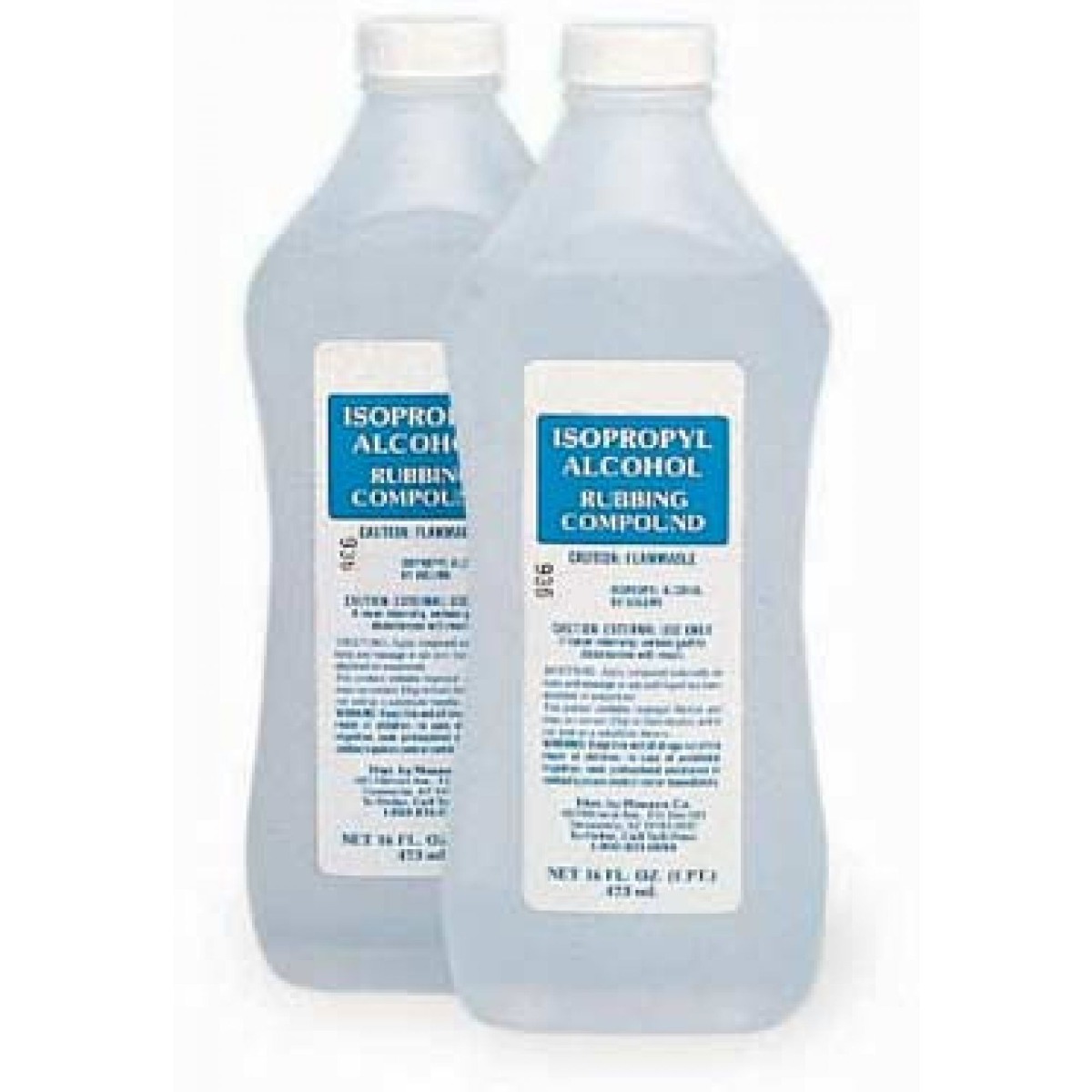

What’s more, it’s relatively nontoxic, so it can be used in many consumer products. As a solvent, it leaves behind no oils as it evaporates (which is why it’s a great water substitute for cleaning smudges from eyeglasses). In industrial applications, many of the same properties of isopropyl alcohol apply. This is why medical facilities routinely wipe surfaces and why in the wake of COVID-19, virtually everyone has been taking precautions to keep their personal property sterile via rubbing alcohol or other disinfectants. Isopropyl alcohol dissolves those protective oils and dries the bacteria or virus. But if the membrane is breached, the microbe dies instantly. While intact, that membrane allows microbes to exist for long periods of time on surfaces such as tabletops, doors, floors - you name it. Bacteria and viruses protect their insides with a membrane made up of oils and water. Viruses are different from infectious bacteria, but the two do share something in common - how they survive outside of a host body. But how exactly does it work? Let’s start with personal health care and disinfecting.ĬOVID-19 is a virus. Isopropyl alcohol’s chemical properties make it ideal for the applications listed above.

How Does Isopropyl Alcohol Actually Function? Isopropyl alcohol solubilizes water so it doesn’t pose the same risk. The chemical is used in substances called “gas dryers” because it is able to prevent the harmful separation of gasoline and water in fuel lines - something that can cause freezing and other damage. Isopropyl alcohol is an excellent solvent: It’s effective at dissolving non-polar compounds.Īnother notable use for isopropyl alcohol is in automotive contexts. Other Applications for Isopropyl AlcoholĪside from disinfecting, what is isopropyl alcohol used for? The commercial uses go far beyond cleaning surfaces. From a chemical manufacturing perspective, it’s in high demand as a key ingredient for hand sanitizers and personal disinfectants. It’s used to scrub commercial spaces and public areas, as well as tables, floors, doorknobs and so much more in private homes. Almost any hard surface can be thoroughly cleaned with rubbing alcohol. Isopropyl alcohol’s role in the pandemic has been a basic-level defense. When COVID-19 surfaced, isopropyl alcohol emerged as something of a hero that had been right under our noses. Parents keep it on hand to clean fresh scrapes, while others use it to remove goo from hard surfaces. In medicine cabinets across the country, bottles of rubbing alcohol are almost a given. More on that and the actual “how” in the following sections.

It’s a common staple as a standalone chemical, and in blends for disinfectants, cleaners and antiseptics. In short, isopropyl alcohol falls into the chemical category of secondary alcohols - which in simplest terms means an alcohol carbon atom that is bonded with two other carbon atoms.Īs chemicals go, isopropyl alcohol is fairly easy to manufacture and boasts a huge scope of applications. But on drugstore shelves, you’ll see it listed as isopropyl alcohol, or simply rubbing alcohol. In lab settings, it might go by the name isopropanol. This post digs deeper into the specifics of isopropyl alcohol and its potential as a cleaning and disinfecting agent. With the threat of COVID-19 hanging over our heads, these are incredibly relevant questions. Everyone from public transportation workers to families looking to protect their children are now asking questions such as, “How does isopropyl alcohol work?” More than any time in recent history, disinfectants and cleaning agents are part of the national conversation.


 0 kommentar(er)
0 kommentar(er)
